Understanding the main types of survey research
Learn how to use surveys for exploratory, descriptive, or causal research
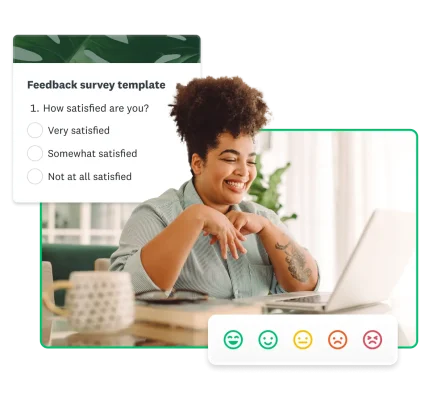
You can use survey research to gain crucial insights about your target population. But your ideal research survey includes more than your unanswered questions. Your survey strategy should match your goals and where you are in the research process.
Think about your current research project. Are you forming a hypothesis or trying to validate one? Because surveys are so versatile, you can use them to conduct exploratory, descriptive, and causal research. Keep reading to learn how these types of surveys for research work, and when and how to use them.
Why are surveys important in research? Business professionals, academics, scientists, and many others collect data with surveys to inform their work. This data can be both quantitative and qualitative, producing measurable and insightful results.
Exploratory research surveys
Exploratory research focuses on the discovery of ideas and insights instead of collecting statistically accurate data. Methods include case studies, field observations, focus groups, and interviews.
You can use an exploratory research survey at the beginning of your research process to help you identify issues and themes or solidify research questions. For example, a company might survey its target market to get new product ideas.
Exploratory surveys contain mostly open-ended questions which ask respondents to write their own feedback. This provides qualitative insights, which are subjective and not measurable.
Exploratory research can uncover unknown issues or new solutions as you learn more about your topic. These surveys can give you more context or the “why” behind numbers, like performance metrics. This type of research is not quantifiable and is usually a smaller sample size, meaning you can’t draw sweeping conclusions about your target population.
Exploratory research example
You’ve noticed a decrease in employee engagement, and you suspect it has to do with understaffing and long hours. But you’re unsure and need to collect feedback to define the problem you need to solve. You send an employee feedback survey to hear what your employees have to say:
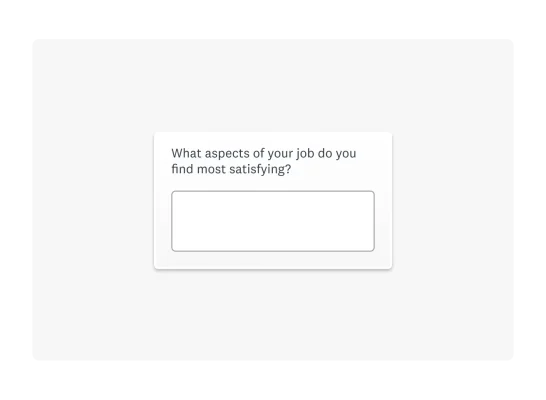
When employees answer the question, “What aspects of your job do you find most satisfying?” you learn that they actually don’t mind stretching to cover parts of the job that aren’t theirs. It’s providing them with growth opportunities and learning experiences.
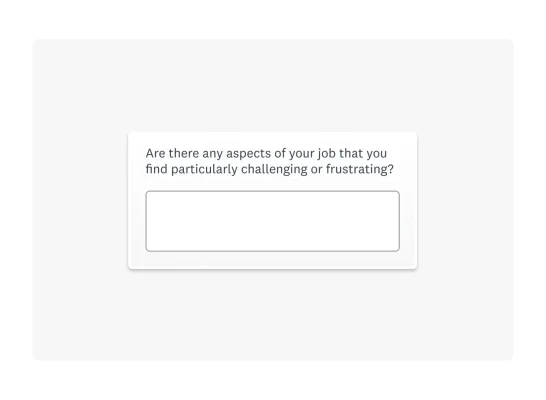
Similarly, you ask employees which parts of their job are challenging or frustrating. You learn that many of them find the commute draining and difficult. Others don’t feel that they’re fairly compensated for their work.
While you can’t measure these data points, you can use the insights to figure out that you need to build a better employee benefits program. Now, you can send a more focused employee benefits satisfaction survey. The feedback you get will help you update your benefits and track satisfaction over time.
Descriptive research surveys
Descriptive research is structured and contains closed-ended questions. Descriptive research surveys are considered cross-sectional studies, often used to gather information about the characteristics of a target population at one point in time.
Because researchers create a structured survey with a theory or question in mind, these surveys are used to test hypotheses or assumptions. Researchers use descriptive research surveys for conclusive results, meaning they can draw statistically significant conclusions from the quantitative, measurable data.
Researchers set a survey goal, which helps them create a survey with questions around a particular topic. These questions have predefined answer choices, which can be assigned numeric values. This provides quantitative data, which are objective, measurable values.
Researchers can send surveys to a large enough sample size that they have a lower margin of error. This means they might be comfortable generalizing their findings to their target population. However, it might be more difficult to understand why people answered the way they did because respondents don’t share feedback in their own words.
Descriptive research example
You’re performing research to learn more about the ideal target market for your product. You have a product prototype and want to see how people respond to it. So, you send your survey to a statistically significant sample size of your target population via an online survey panel.
In your survey, you explain your product and its key features and benefits. Then, you ask a question about what would make people buy it. (You also ask questions about people’s reactions to the product and what might make them not buy it.)
You see that 28% of people say, “It serves a need of mine that is not currently being met.” That number might not seem like much now. But you also asked a series of demographic questions, including age, gender identity, ethnicity, income level, and location.
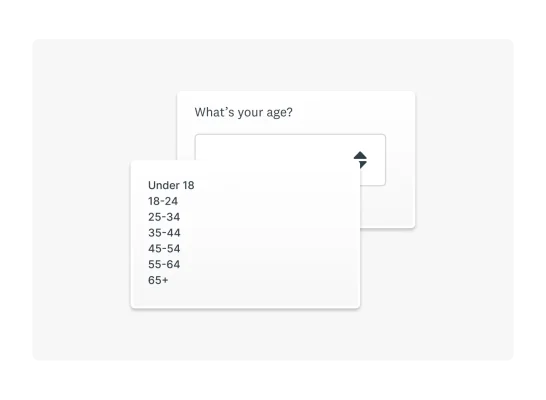
Roughly 56% of the people who took your survey were 35 to 54 years old. You decide to filter the question, “It serves a need of mine that is not currently being met” by just those in that age range. And 77% of them said they need your product. This new insight about your target market can make a big impact on your future marketing and product development efforts.
Causal research surveys
Causal research is also quantitative, pre-planned, and structured like descriptive research. But it goes beyond observation to determine the cause and effect relationship between variables.
Researchers manipulate variables through experimentation and measurements. For example, a company could be tracking customer retention for first-time buyers, which is the constant variable. They can start offering a customer loyalty program to first-time buyers and see if it impacts retention.
Causal research can be a good way to test new ideas, products, benefits, and more. However, it can be difficult to completely control variables, running the risk of misleading results. Running these experiments can also cost a lot of time and money.
Causal research example
You want to see if your customer service directly impacts your customer loyalty. Because you’re experimenting, you won’t completely overhaul your customer service strategy yet.
Instead, you tell your customer service representatives to offer every fifth customer a 20% discount code for their next purchase. When offering the discount, the representative should read from a script emphasizing how much the company values that customer’s business.
Every customer interacting with your customer service receives a customer service satisfaction survey. Over a few months, you want to see if there’s a marked difference in a key customer loyalty metric between those who were offered the discount and those who weren’t:
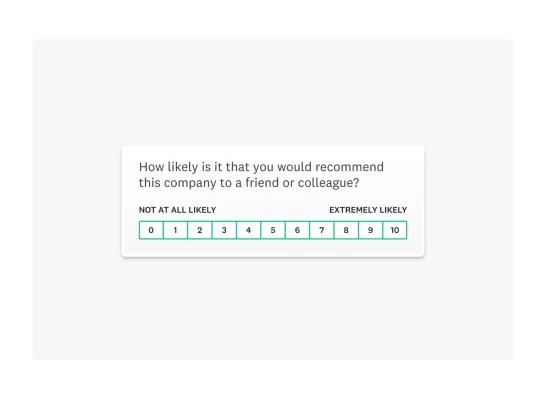
The question, “How likely are you to recommend this company to a friend or colleague?” is an industry-standard customer loyalty metric called the Net Promoter ScoreⓇ (NPS). As a bonus, you can even access customer loyalty industry benchmarks to see if your improvements are in line with or better than those of your competitors.
4 survey method examples
Now that you understand the different types of survey research, it’s important to learn the different ways to administer these surveys. There are many survey types or topics you can cover in your surveys. But here are four examples of survey methods you can use to reach your respondents.
1. Online surveys
Researchers use online surveys to collect answers from their target audience over the internet. Online survey respondents can fill out surveys on their mobile device or desktop computer any time of day or night.
Here are online survey benefits and best practices:
- When you create a survey, you can enable anonymous responses. This may help your respondents feel more comfortable telling you what they really think.
- If you’re running research and need a larger sample size, you can tap into a global research panel, like SurveyMonkey Audience, to find more people to take your survey.
- Not every survey or survey question type will apply to your respondents. You can keep online surveys as short and relevant as possible with survey logic. Survey logic helps you screen out unqualified respondents or skip over sections of a survey that don’t apply.
- Unlike other formats, online surveys are easy to analyze. That’s because the answers you get are automatically calculated and expressed as percentages and raw numbers. SurveyMonkey also has analysis features that can help you interpret the data, uncover hidden insights, and create engaging reports.
- You can start with a ready-made survey template to save time. Find a survey that matches your research goal and customize it how you want. Then choose from many ways to send your survey, including an email invitation or embedding it into your website.
2. Paper surveys
Survey participants might be asked to fill out a paper survey if they’re giving their answers during an in-person focus group or research session.
While paper surveys are still used today, they’re declining in popularity. Because they’re often physical mailers or papers, they’re not as eco-friendly and cost time and money to send. Plus, people might not respond to a paper survey if they know they need to return it via mail or in person.
It’s more difficult to analyze the data you collect from paper surveys. You probably have to manually enter the data, including written responses, to document your findings and analyze the numbers.
3. Phone surveys
Researchers conduct phone surveys for some political polling. Or they might video call research participants for interviews or other types of research sessions. They’re focused on gaining deeper insights to help them generate ideas or form new hypotheses.
Fewer organizations use phone surveys to collect feedback today. That’s because online surveys have become more popular, and landlines have become much less popular.
Data from phone surveys can be skewed because of transcription errors. Plus, respondents might be less open or candid because they’re speaking directly to the interviewer.
4. In-person surveys
Like video calls or interviews, in-person surveys are when researchers ask participants to answer their questions face to face.
Researchers or interviewers are trained to recognize and note body language cues, ask relevant follow-up questions, and ask for more information when necessary.
Like other forms of interviews and focus groups, it’s difficult to generalize the insights you gain from in-person surveys to your target population.
Additionally, in-person interviews risk survey bias, especially because the interviewer administers the survey. They may accidentally reveal their biases, ask leading or loaded questions, or make other mistakes that might skew their findings.
7 tips for designing research surveys
When it comes to examples of survey research, your findings are only as good as your survey design. If your survey is unfocused, has unclear or misleading questions, or makes participants uncomfortable, you’ll suffer from low response rates and bad data. Here’s how a solid survey design plan can help all types of survey research yield reliable results.
- Ensure you define a goal for your survey. This prevents you from covering too many topics or testing too many hypotheses in one survey.
- Consider the different types of sampling that could work for your study. How are you going to identify and choose a representative sample so you can draw conclusions? The size and characteristics of your sample will depend on the characteristics of your target population.
- Write a good introduction for your survey. Depending on your research, you might have to provide information about your academic institution or what you plan to do with the data.
- Keep your surveys as short as possible, limiting the number of open-ended survey questions. These require more time and thought and can be intimidating for respondents.
- Similarly, organize your survey logically, starting with easy and less sensitive survey questions before moving to more complex or personal ones.
- If appropriate, you can encourage participation using survey incentives like discounts, points, or gift cards.
- Before you send your survey, get feedback from teammates or other researchers on the project. You can collaborate on surveys with others, ensuring you agree about the questions you ask. And you should always preview your surveys before sending them, ensuring a smooth survey-taking experience.
Power your research with surveys
To meet your survey objectives, whether for business, academic, or other purposes, it is essential to leverage a balanced mix of exploratory, descriptive, and causal research.
A well-structured research plan incorporating quantitative and qualitative surveys ensures actionable insights to inform strategic decisions.
Get started today. And if you need help acquiring survey respondents, visit SurveyMonkey Audience or choose the plan that best suits your research needs!
Net Promoter, Net Promoter Score, and NPS are trademarks of Satmetrix Systems, Inc., Bain & Company, Inc., and Fred Reichheld.
Discover more resources
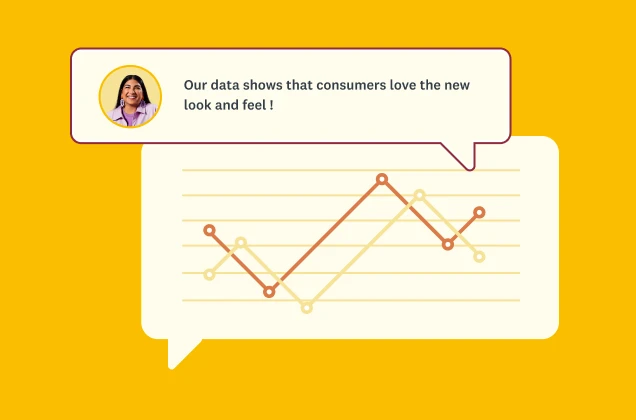
The insights manager's secret to delivering quality research
Insights managers can use this toolkit to help you deliver compelling, actionable insights to support stakeholders and reach the right audiences.

Get started quickly with SurveyMonkey for HR, marketing, and market research pros
How professionals in HR, market research, and marketing can start using surveys--fast.

3 common misconceptions about market research: Myth-busting with SurveyMonkey
Common myths and misconceptions about market research proven wrong with SurveyMonkey solutions.

Market research trends: Both MRX pros and marketing professionals face pressure to adapt
See the results of our market research trends report to understand the future of market research.